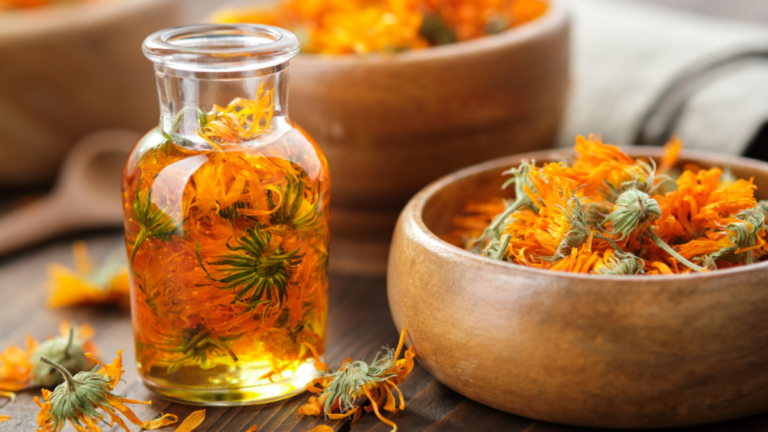As the seasons change and the temperatures drop, it’s time to adjust your fall skincare routine. Fall brings a new set of environmental challenges for your skin, but nature offers some beautiful solutions in the form of fall-blooming flowers. These flowers not only add beauty to your garden, but also provide incredible benefits for your skin care routine during this transition period.
1. Calendula (Calendula officinalis)
Calendula blooms from June to October. Its bright orange or yellow petals are not only visually appealing but also incredibly beneficial for your autumn skin care. Kiehl’s has an entire skincare line that uses calendula as its hero ingredient. Calendula is known for its antioxidant properties, making it ideal for preventing oxidative stress, soothing irritated skin and reducing redness. Calendula can help keep your skin healthy and comfortable as the weather cools.
Related post: Demystifying your skin barrier: What it is and how it breaks down
2. Chrysanthemum (Chrysanthemum indicium)

The chrysanthemum, with its large, colorful blooms, is a perfect addition to your fall garden and skincare regimen for fall shape. Blooming from August to November, chrysanthemum extract is rich in antioxidants, protecting the skin from free radical damage. Its anti-inflammatory properties help calm and soothe the skin, making it a great ingredient for those dealing with seasonal redness or irritation. There is also some limited evidence that it has some brightening benefits when used topically.
Related post: Choosing the perfect glow serum, what you need to know
3. Carthamus tinctorius
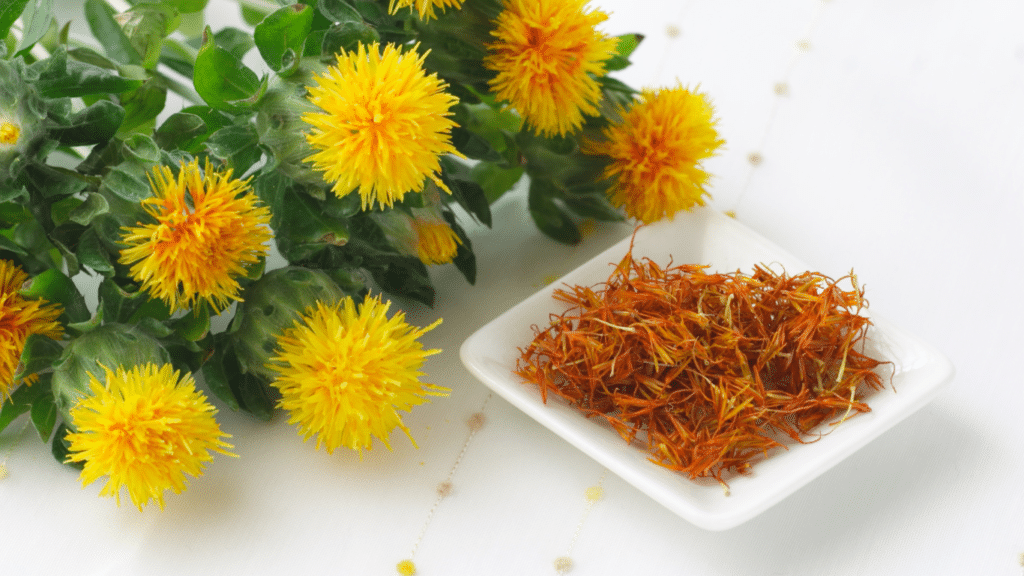
This flower is known for its spiky thistle-like flowers, blooming from July to October. Derived from this unique bloom, safflower oil is a must-have in fall skincare. Rich in linoleic acid, it helps maintain the skin’s barrier function and keeps it hydrated, which is important as the air gets drier in autumn. Clove oil also reduces inflammation, promoting a smooth and glowing complexion.
4. Japanese anemone (Anemone hupehensis)
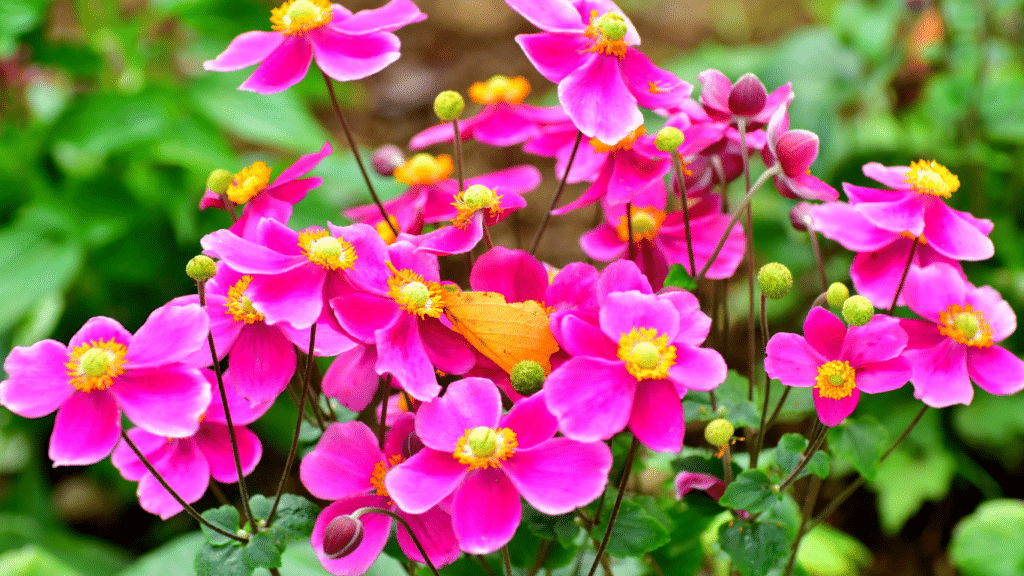
Japanese Anemone blooms from August to October, adorning gardens with delicate pink or white petals. This flower is a fantastic addition to your fall skincare routine due to its anti-inflammatory and anti-microbial properties. Japanese anemone soothes and protects the skin, making it especially beneficial for sensitive skin during the cooler months.
Related post: The ultimate guide to natural antioxidants for skin
5. Witch Hazel (Hamamelis virginiana)
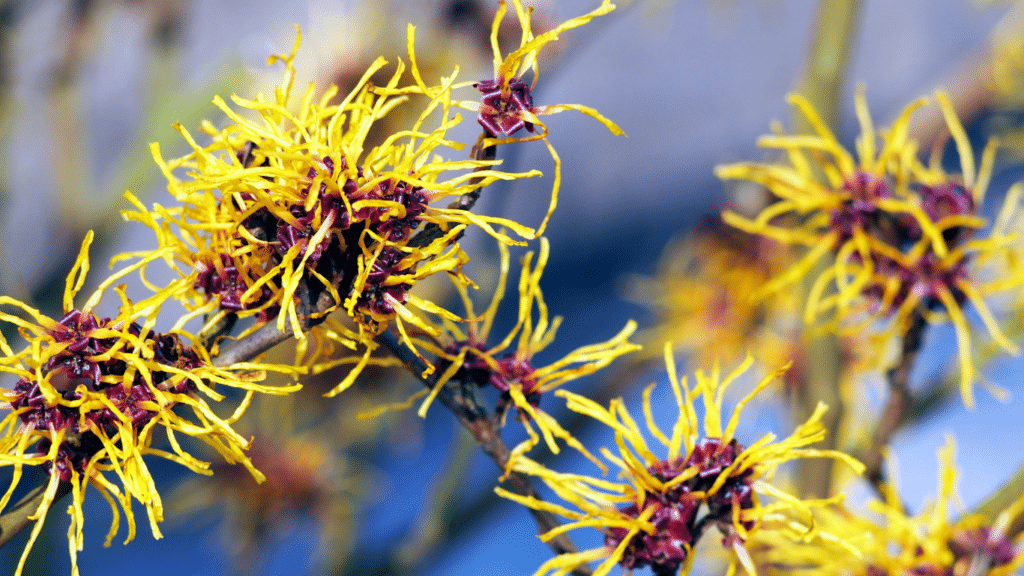
Witch hazel is a quintessential autumn bloomer, with its spidery yellow flowers appearing from September to November. In fall skincare, Witch Hazel is prized for its astringent properties, which help tighten skin and reduce the appearance of pores. It also controls oil production and soothes irritated skin, making it a must-have in your fall skincare routine.
6. Rosemary (Rosmarinus officinalis)
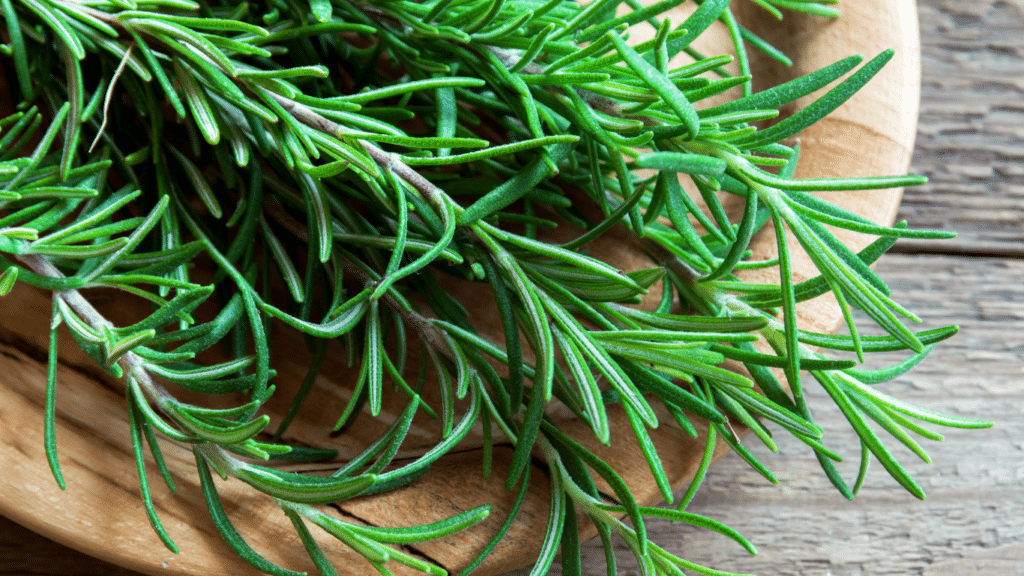
Rosemary’s fragrant leaves and blue flowers bloom from May to October. Rosemary is a great fall skincare ingredient because of its antioxidant and antimicrobial properties. It tones and clears the skin, reduces puffiness and improves circulation, rejuvenating your skin as the seasons change.
7. Hibiscus (Hibiscus sabdariffa)
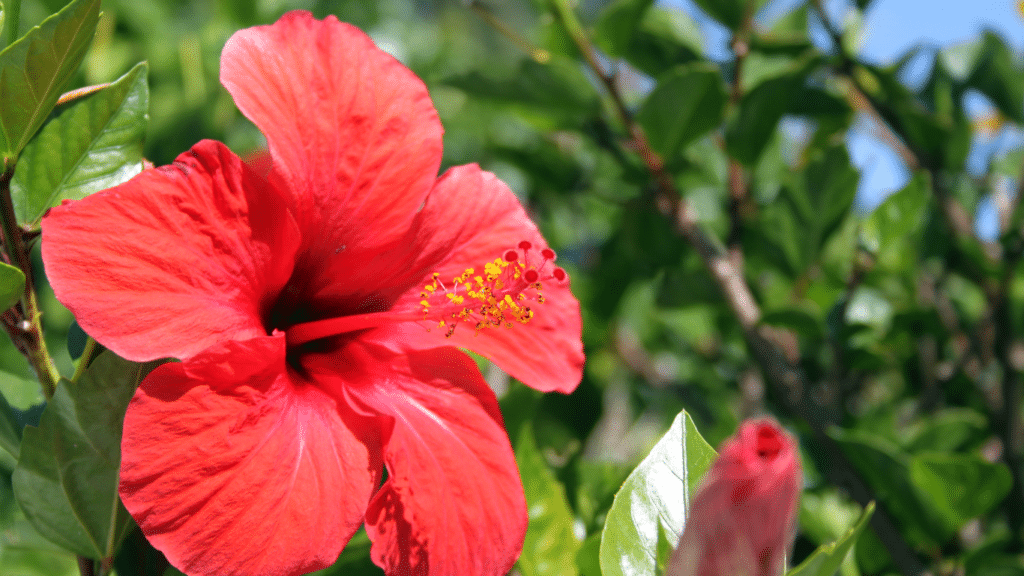
Hibiscus, often called the “botox plant”, blooms from August to October. This vibrant flower can be a powerhouse in your fall skincare routine. Hibiscus increases skin elasticity and hydration thanks to its rich content of alpha-hydroxy acids (AHAs). These acids gently exfoliate the skin, improving its texture and tone, which is especially important as your skin adjusts to the cooler, drier air. This can also help fight stubborn hyperpigmentation.
Related post: What Causes Hyperpigmentation: The Science Behind Clearer Skin
8. Lavender (Lavandula angustifolia)
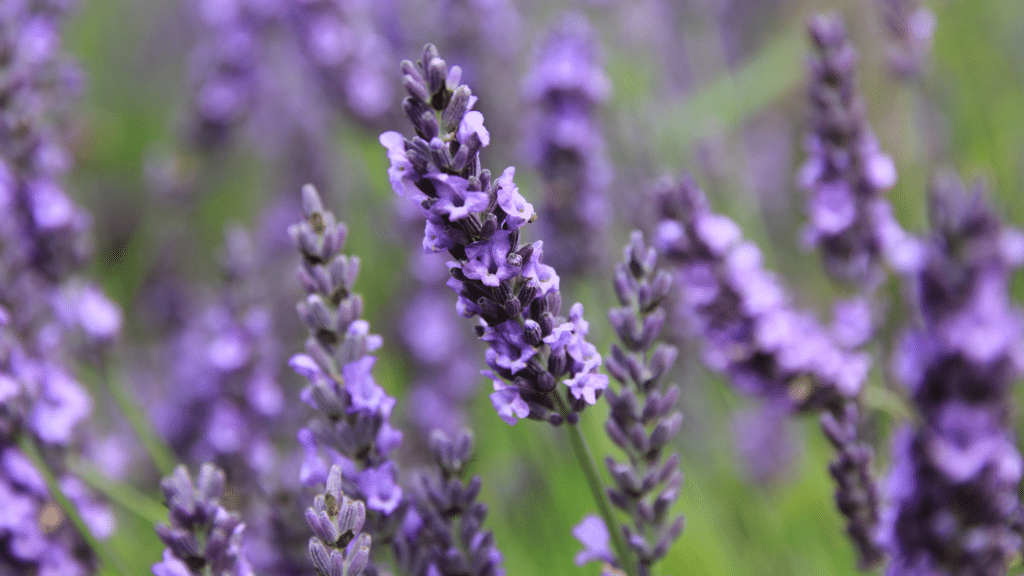
Lavender, with its soothing purple flowers, blooms from June to September. Due to its calming, antibacterial and anti-inflammatory properties, lavender is a fall skincare staple. It is particularly effective at soothing and healing the skin, reducing redness and treating acne, while its calming aroma helps relieve the stress that often accompanies seasonal changes.
Conclusion
Incorporating these fall-blooming flowers into your fall skincare routine can help you maintain healthy, glowing skin as the seasons change. Whether you’re looking to soothe irritations, boost hydration, or protect your skin from environmental damage, these flowers offer natural, practical solutions that work in harmony with the fall transition. Embrace the beauty and benefits of these botanical wonders and keep your skin looking and feeling its best throughout the fall season.
